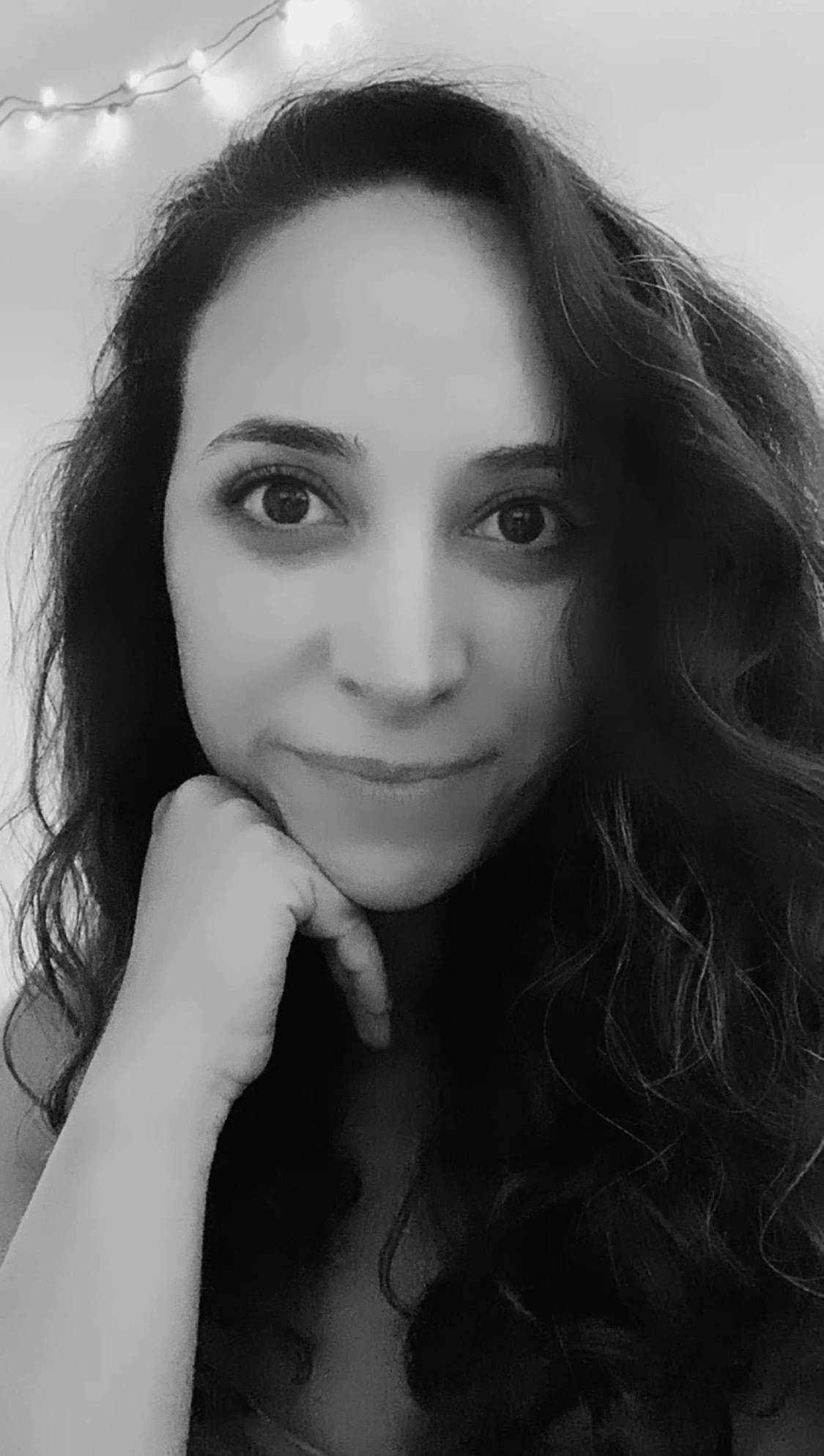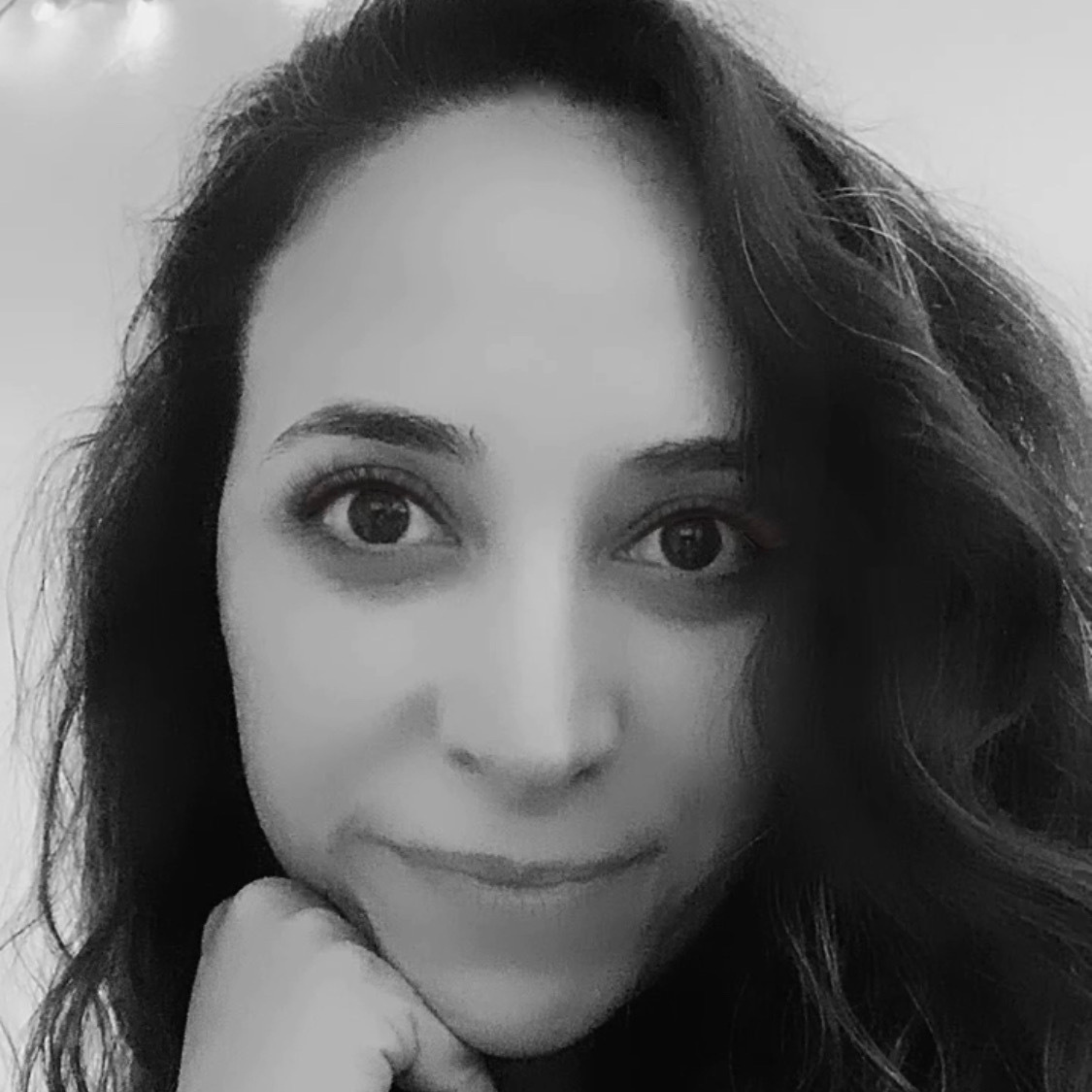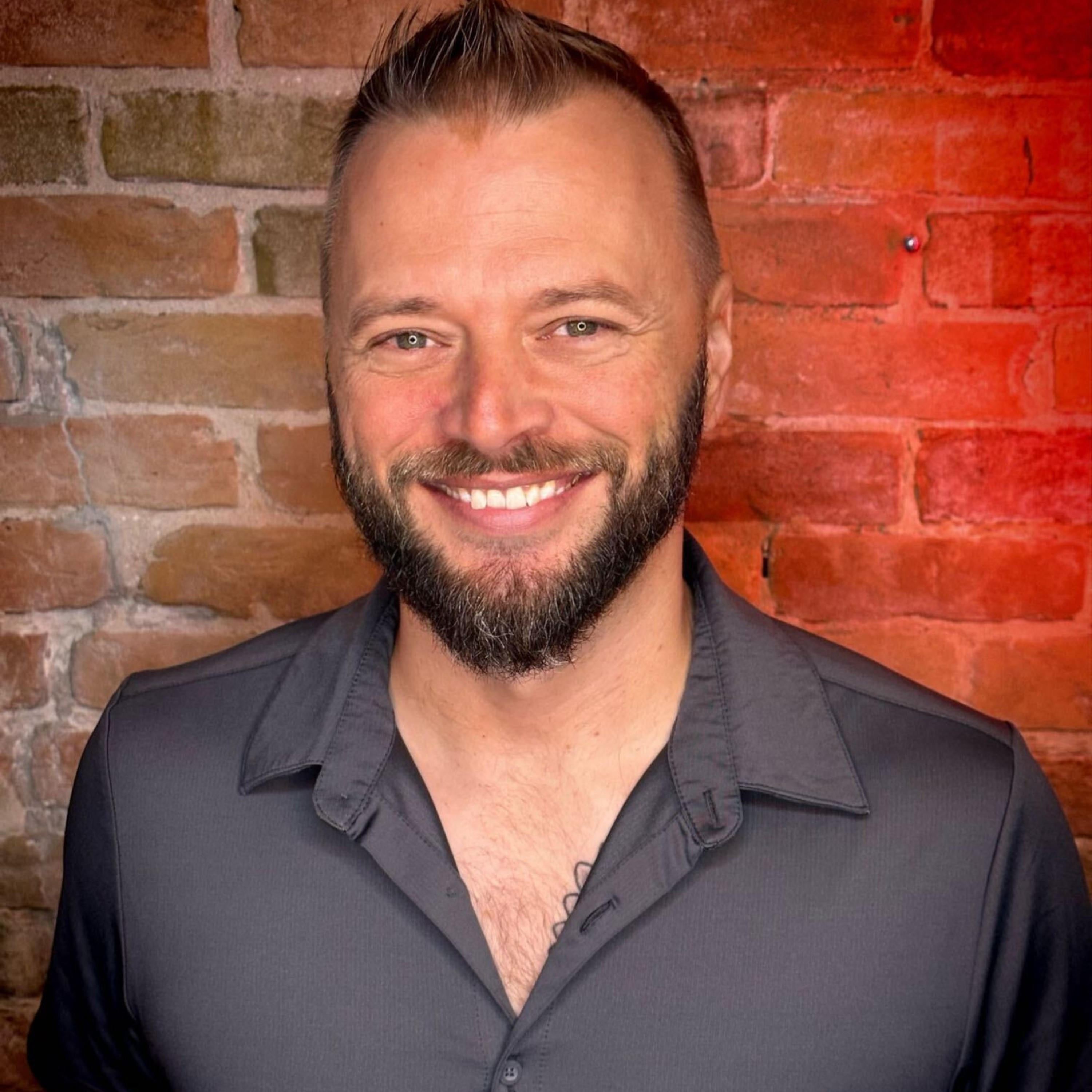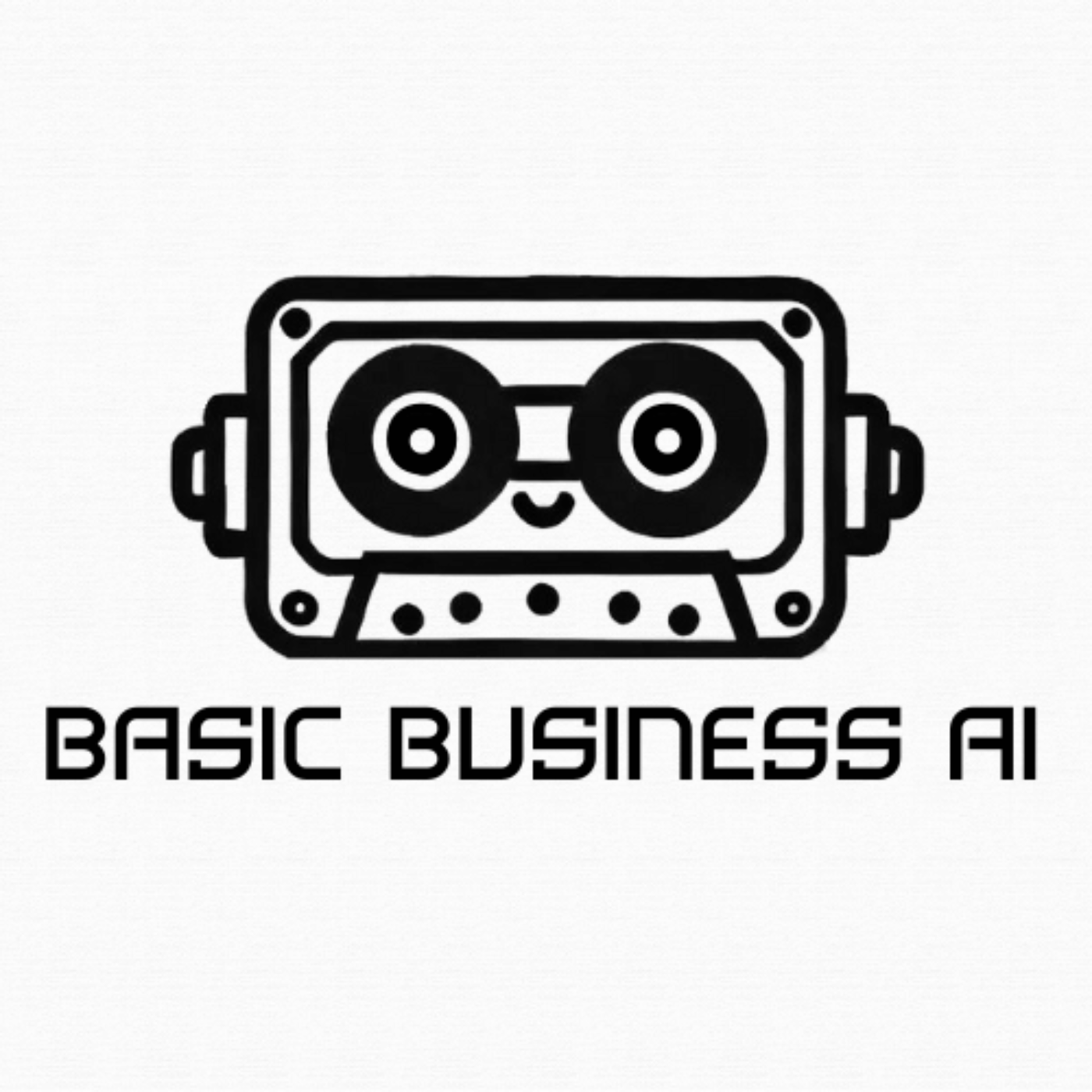[00:00:00] Speaker A: Welcome to Basic Business AI, a podcast dedicated to simple AI strategies for businesses who don't want to get an advanced tech degree or hire some marketing bro. I'm your host, Josh Thomas. You can find me on all social media T literally. We bring on regular business owners just like you and me to discuss practical strategies, ideas and perspectives about AI without getting too far into the weeds of the tech bb. AI is sponsored by Conversational Funnels. This is the new way to automate lead generation, qualification and appointment bookings for service based businesses. If you want more sales calls on your calendar without having to pay some expensive marketing agency or higher appointment setters, Conversational Funnels are the best bang for Your Buck in 2024 and beyond. Download the blueprint for free by going to conversationalfunnels.com Today's guest is M. Curtis McCoy. Curtis is a personal branding expert who helps authors, entrepreneurs, podcast hosts and leaders reach a massive audience through strategic interviews on Amazon, Fire TV and Newswire magazine. Curtis, welcome to Basic Business AI. From your perspective, how is AI reshaping the future of your industry?
[00:01:17] Speaker B: Man Josh, I appreciate being a guest on your show here today. We have been using AI, not publicly available AI since 2016, 2017 with Newswire magazine, actually Newswire, and different telecom companies and stuff that I've owned over the years. But AI, a lot of people are afraid of AI taking over these kind of weird conspiracy theories and stuff. But AI does not actually exist at this time. You know, there it's, it's not actually intelligent what AI is that it is basically accessing the sum of all publicly available human knowledge. So anything that's available on search engines, anything that you feed it, and it's coming up with good answers by combining the sum of the knowledge that's already available. So if you're asking, that's the reason if you get on and you ask a question about somebody that does not already have their brand built, it's either going to make up something, kind of come up with a goofy, weird response or it's going to say it doesn't have enough information.
[00:02:14] Speaker A: Yeah, it's the. When you say that it one one thing that I've heard is it's like it's a pantry with all the food in the world and it's going to grab. If you ask it for something, it's going to go and grab whatever it has, stick it in the blender and serve it up to you. And it may or may not taste good, but it probably won't.
[00:02:36] Speaker B: Well, yeah, that's a That's a great way to look at it. And one of the things with that is talking about prompt engineering, for example, the better the questions you ask. If you put, you know, if you put some college bachelor in a, in a kitchen who has had access to ramen noodles and, you know, some basic junk, but doesn't really have any, any skill as far as combining and putting those ingredients together, you put that same guy in the same kitchen with a world class chef, the guy that knows how to, how to combine the right stuff and put the right stuff together, you can come up with a real nice meal no matter what you've got as far as information goes. But just asking the right questions is a huge thing to try to try to make the, you know, get your responses come back the way they should.
[00:03:18] Speaker A: Better inputs, better outputs. We actually, it's funny, we had a, you, you talked about a chef. We had, we do this presentation where we show an image to, to demonstrate this, we show an image of a beef Wellington created by Chef Gordon Ramsay and then we show another image of what we call Beef Sickington by Aunt Sheila. And it's the same dish, but hideously disgusting looking. And like, no, it's, you know, same stuff, but gotta have better inputs to get better outputs. And so one thing that you, we were talking right before this, that you're using AI to create some content to increase people's eyeballs on their podcast, for instance. And so I'm curious, since you brought that up, tell me a little more about that. We can talk about basic business AI or anybody in general that is running a podcast who's wanting to find more ways to get traffic. I've recorded a thousand podcasts in the last few years and I sure would be nice if more people would listen to them.
[00:04:26] Speaker B: Yeah, there's a huge problem with that with different podcast hosts. I'm going to guest on typically six shows a day throughout the week. This is how I generate leads for my, for my business generates really great quality, warm leads that are already excited about being featured in Newswire magazine, Amazon, Fire TV, get them on the 96 foot billboard in Times Square, New York, those type of things.
One of the things that I see though with the vast majority, I'd say well over 95% of podcasts is when you're starting out, you have a lot of times where guys say, hey, thanks for checking out the, you know, Bob's technology podcast.
You know, if you got a friend that likes this, be sure to send them to our, to check out our podcast on Apple or Spotify or whatever the podcast platform is. And so now you're doing all of this work, not only figuring out how to schedule guests, you know, filter out, get rid of the weirdos, but you are doing the interviews, the post production, you know, all the, all the processing, whatever you're doing as far as the audio engineering, maybe you're creating show graphics, all of this work and then you're sending that traffic off to Spotify or Apple or Pandora or whatever the, whatever the platform is. So a huge start is to get, make sure you're sending people to like for yours would be basic business AI or basis basic business AI.com and then if somebody, you know, somebody's wanting to share their, their show when, if they ask you, hey, where's my link on your site? Instead of sending them to Spotify, you know, their podcast episode on Spotify, send them to. For mine, for example, would be something like maybe basic business AI.com forward/mcurtis McCoy. And if you've got a second, are you guys doing that? Are you creating an individual show, you know, individual side pages?
[00:06:13] Speaker A: We do have an individual page for each, for each episode, yes. Awesome.
[00:06:21] Speaker B: So that's a huge step ahead.
What a lot of people are missing right now.
[00:06:25] Speaker A: But yeah, we use Castos to do that. But yeah, that part is important because if you're sending a link to share, well, what if somebody doesn't have Spotify or what if they don't have an iPhone and they're not using Apple or whatever, you can send them to something that they actually can control and it's branded to them.
[00:06:49] Speaker B: Yep. Well, and especially on that, you need to own the platform that you're sending them to. So if you're sending them to Basic business or basicbusinessai.com forward/guest name, now you own the traffic and you're benefiting from the search, you know, from all the SEO that you're doing. Benefit building the traffic to that page.
Are you sent up to a page on the Castos URL or actually your domain?
[00:07:14] Speaker A: Yeah, I redirect Socastos.
[00:07:17] Speaker B: Okay. So if that was me, I would definitely, I mean, it's extra work, but if you get a sec, I'll kind of share a couple of tips on how to, how you can take that episode and turn that into actual search engine optimized page that's generating search traffic to your website.com and go through that real quick.
[00:07:35] Speaker A: Yeah, let's do it.
[00:07:36] Speaker B: Okay, so, and this is something that, you know, everybody goes, man, I don't have the time. I'm trying to do all this editing, trying to do all this stuff and. But again, if, if something happens with Castos, with, with whatever platform you're sending the traffic to, they still in the episode and then they're also getting the search traffic off of it. But what, what I would typically recommend is if you do a podcast like we're on right now and you've got that, you're recording in 4K or even if it's just 1080p, but you're recording this good quality video, upload that to YouTube in 4K. You'll get a little bit farther reach with 4K. If you can upscale it. There's different platforms you can upscale. Even if you're recording with a 1080p camera, you load the video up. When you scroll to the bottom of YouTube it takes a little while for everything to get transcribed. So, you know, maybe check back 30 minutes or an hour later.
Click on the section that says transcribe or view transcription at the bottom. Copy that, it'll open up. On the top right hand side there's a whole list of timestamped, the entire conversation timestamped. Then if you take that. Would you like me to do a screen share here?
[00:08:44] Speaker A: Well, it's, we do have a video podcast, but mostly it's audio. So just kind of walk us through it real quick and we can.
[00:08:52] Speaker B: Yeah, yeah. So, so if you take that, scroll down, you can even, you know, control F or command F on your computer to find where it says transcription. But click view transcription. Copy that, turn off timestamps, copy the entire chat, you know, the entire. Say it's a 15 or 30 minute conversation. Take that, you can paste that into chat GBT or your favorite AI and then tell it, start out and say format this video transcription with proper spelling, punctuation, grammar and single puncture, single space after each punctuation mark.
So once that's written out, then you tell it. This interview is done by make sure the fir. The. The podcast host and guest name was spelled correctly. You know, correct spelling and stuff. Because sometimes I will mess that up and then also podcast name. So for example, this is basic business AI podcast by Josh Thomas interviewing M. Kurtz McCoy on AI for personal branding. So now you put your, your description below that and then ask ChatGPT to write out a relevant, basically an article outline using H2 headers, an article outline about the. The chat you just had.
Then the next prompt would be to ask it to follow the, the article outline and write a 2000 word search engine optimized article about the guest that you just interviewed. So now you've fed it all this great information and then AI is going to go through, don't make assumptions. So it'll go out and research the person, the guest that you just interviewed. Write a full 2,000 word article about the conversation you just had with relevant H2 headings. So you've got this full, full article. Now then I would take that, put it on podcastname.com, whatever your site is, forward slash guest name. So you copy that, paste that transcript in, paste their YouTube URL at the top, put your, whatever your favorite podcast platform is, put the link where they can view you don't watch podcast on your show, and then the couple thousand word article in between. So now when somebody searches that, even if you know nothing about search engine optimization, you're generating content on your website.com that is relevant to the guest that you just interviewed. So say you've done a hundred different guests. When people search, if they go out now and they Google M. Curtis McCoy looking to hire me to speak or looking me to, you know, having me speak at Caesar's palace again or something, but they pull it up, they pull up Google and they search my name, now they're accidentally finding your podcast because you've done the optimization around that keyword. So now you're bleeding off free search, I mean the search traffic with people that may have never heard of your podcast name.
So people are finding your podcast because of the guest that you just interviewed. So now they've seen you as a great host, nice podcast, you're asking relevant questions and the text on your site is helping your site rank for these other terms that you're interviewing people on.
Then the way you start monetizing that this kind of the next step up. So You've got a 2,000 word article on your site about the guest you just interviewed, her name in the title, YouTube video at the top. And now if you've got a call to action on there, if you're selling some type of a product service solution, maybe you get a SaaS platform and you've got the call to action on each of those pages. You can even tie that in using custom calls to action where it's, you know, it's integrating the guest's name so you've got the entire relevant article. And now Google sees that you're the authority on the subject instead of sending it to Spotify or whatever the, whatever the podcast, whatever the podcast hosting place is that all making Sense.
[00:12:26] Speaker A: Yeah, that's great. And so what I like about this is the hardest, the hardest part about doing that. And I've recorded hundreds and hundreds of podcast episodes and they're all sitting there in audio format that is just waiting for somebody to go and decide and to listen to it for 15, 20, 30 minutes to random strangers that they don't know who's going to do that.
But the goal would be to go back and write articles and put it in a different format and repurpose it. But, man, that's a lot of work, It's a lot of time. And so we use AI, we grab a transcript, we stick it in there, we reformat it in the way that we need to consume it and paste that guy right up onto a website. We're creating more content that is going to be valuable and relevant. So I love that it sounds like, I mean, how long does it take to do something like, we finished this episode. How long would it take top to bottom, to do everything you just said?
[00:13:28] Speaker B: So if you went through the steps, I would say the first thing, upload the video in 4K, if possible, to YouTube. So that takes depending on your web, on your Internet speed, whatever your upload speed is. You wait for you to upload and then say, give it an hour later, come back and you copy that transcript.
But you could upload that and be doing something else in the process. Come back and cap, copy that transcript, paste it in there. You could have a pretty darn good page built in about 10 minutes once you get your process down. So you do an interview, Maybe it takes you 15 minutes for the interview, you got an extra 10 minutes. But now you've turned every single guest by adding forward slash their name as the actual page name and including their name with irrelevant. You know, maybe you start M. Curtis McCoy being interviewed on personal branding using AI. So that's your title now, but now you've got a relevant search engine optimized title. Say it takes you 10, 15 minutes. And now you've got content that lives forever on your site, proving to Google that you are the authority on that subject. And you've got a connection with that guest which also ties them to your product or service.
[00:14:33] Speaker A: Excellent.
[00:14:34] Speaker B: If it took you an extra hour. And that's content that's per. That's ongoing evergreen content that's generated or that's connected to your offers. That's something that monetizes itself forever. We've got, we've got old content from our telecom company that I had an employee I'd have employees right back in 2017, 2018, still making money on a daily basis.
It's a couple bucks a day, not a big deal. But when you start compounding that over the years, it generates a pretty good solid residual income that typically would have been going to the podcast host or whoever, I mean the podcast hosting platform, but now you're sucking up all that search traffic.
[00:15:17] Speaker A: Yeah, that's awesome. Great tip and great, great way to tie it back into AI to make it simpler and faster and easier. So tell us a little bit more about what you do and how people can connect with you.
[00:15:28] Speaker B: So I actually started, I started my own podcast years and years ago when I was living in the back of one of my retail stores. So I've had all kinds of different businesses built a mobile virtual network operator, telecom company with over 250,000 customers a month hitting the website, spoke at Caesars Palace. I've consulted with the United States Federal Trade Commission on the Sprint T Mobile merger. It's cool stuff like that. But now everything I do is focused on personal branding and how to help people who are already successful or already building successful business and helping them to start monetize, expanding their reach where they can.
If you're doing a good business, if you're helping people, you're solving problems and you're not reaching enough people, where you're absolutely flooded, where you're too busy, you're doing yourself a disservice. So that's where I help people to start building that brand where they're really able to impact and help as many people as possible.
[00:16:21] Speaker A: Awesome. Where can we go to learn more about that?
[00:16:25] Speaker B: I would be terrible at personal branding if I didn't tell you to Google me. So if you search, say you're looking to hire somebody on personal branding and if you search their name and they're not on the first page of Google or the first 10 pages of Google, that's probably not the guy you ought to work with. So Google me, M. Curtis McCoy, or go to any social platform, search M. Curtis McCoy. You can check out Newswire Magazine, Amazon, Fire TV. We've got quite a few things we run together, but Google me and do.
[00:16:53] Speaker A: You ever run a contest to where you have people? Guess what the M means.
[00:16:59] Speaker B: I had a funny story with a at a radio show that I flew out for in Vegas and the guest, I mean the host, really cool guy, but I flew out there. He really hyped me up, you know, he's made me sound like a rock star. And I get in There he's talking about, oh, just Adam Curtis McCoy, fly in from Colorado. He's gonna talk to us about leadership, personal branding, and went through this whole thing. He said, now, my first question for you is, what does the M stand for?
Ed. That stands for my first name. And you sit there quiet for a minute and I was thinking it was a funny, kind of a funny hook.
[00:17:34] Speaker A: My first name. Yeah.
[00:17:36] Speaker B: And I think, I think it offended him.
So I would recommend. Don't do that if you're. If you don't really know the person well, don't. Just answer the question. But the M stands for Matthew.
[00:17:49] Speaker A: Okay. I was going with Maximus, but Matthew's close enough.
[00:17:54] Speaker B: What do you think it takes to change that? Because I might go ahead and get on that today.
[00:17:57] Speaker A: You know, it's just like you fill out a form, you go to the court and it's over real quick. 15 minutes. First time's always awkward though, but, you know, yeah, good deal.
[00:18:07] Speaker B: You just changed my brand. Maximus McCoy.
[00:18:10] Speaker A: Maximus Curtis McCoy, are you not entertained? Yeah, good deal. M. Curtis McCoy, everybody. That's going to wrap for this episode of Basic Business AI. For those of you who are interested in learning more, you can Google M. Curtis McCoy and he should show up somewhere on the first page if he is as good of a branding expert as he says he is. So cool. If you run a business of any size and you have some ideas or strategies around the topic of AI, we'd love to have you on a future episode as well. We interview business owners of all levels of experience and exposure to AI to represent all voices, especially those of us who are curious about it but not trying to be tech geniuses. You can apply for a future episode by going to basicbusinessai.com and one more time, if you want to solve the problem of lead generation qualification and follow up by automating it completely, download the Conversational Funnels blueprint for
[email protected] we'll see you next time here on Basic Business AI. And by the way, if you really like this episode, tell your friends, see you later.



